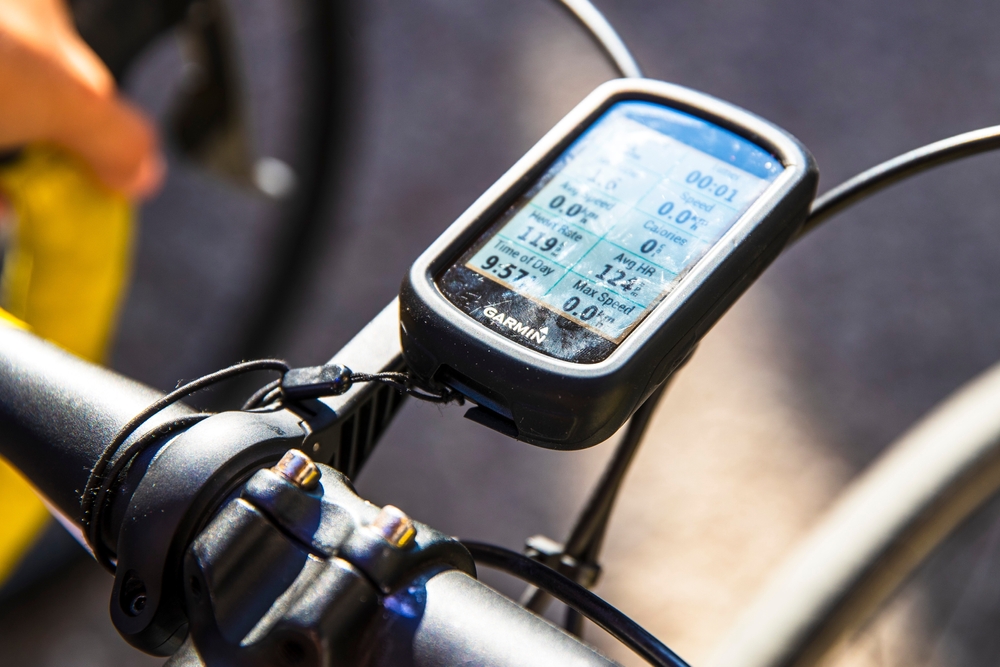How to Measure Bike Frame
Knowing the correct bike frame size is essential for a comfortable and efficient ride. This guide will explain the process of measuring a bike frame and help ensure you get the right size.
Why Frame Size Matters
An appropriately sized bike frame contributes to better control, reduced risk of injury, and enhanced performance. Incorrect frame sizes can lead to discomfort and potential long-term damage.
Tools You’ll Need
- Tape measure or ruler
- Level
- A friend (optional but helpful)
- Notebook and pen (for jotting down measurements)
Types of Bike Frames
Bike frames come in different shapes and sizes depending on the type of bike:
- Road Bikes: Typically lightweight frames designed for speed and long distances on paved surfaces.
- Mountain Bikes: Built for rugged off-road terrain with sturdy frames and suspension systems.
- Hybrid Bikes: A mix of road and mountain bikes, suitable for both urban commuting and light off-road trails.
- BMX Bikes: Small, robust frames designed for tricks, stunts, and short sprints.
Step-by-Step Measurement Process
1. Measure Your Inseam
Your inseam length is a crucial starting point for determining the correct bike frame size. Stand with your feet about 6-8 inches apart. Using a tape measure, measure from the ground up to your crotch. Make sure the tape measure is snug but not too tight. This measurement is your inseam length.
2. Calculating Frame Size for Different Bikes
Different bikes require different frame sizes. Use these general guidelines:
- Road Bikes: Multiply your inseam length by 0.65. For example, if your inseam is 30 inches, the calculation would be 30 x 0.65, which equals 19.5 inches.
- Mountain Bikes: Multiply your inseam by 0.66. Using the same inseam length (30 inches), the calculation would be 30 x 0.66, which equals 19.8 inches.
- Hybrid Bikes: Multiply your inseam by 0.69. For a 30-inch inseam, the result is 30 x 0.69, or 20.7 inches.
3. Measure the Bike Frame
To measure the bike frame, identify the top tube. This is the horizontal bar running between the seat post and the handlebars. Measure from the center of the bottom bracket (the axle that the cranks attach to) to the top of this tube, or the center of the top tube if it’s an angled frame.
4. Compare Measurements
Once you’ve measured the bike frame, compare it to your calculated size. Small variations are fine as personal preference and riding style also play a role. For example, a more upright position may need a slightly smaller frame, while a competitive cyclist might prefer a closer fit for better aerodynamics.
Check the Standover Height
The standover height ensures you can comfortably straddle the bike when standing over the frame with both feet flat on the ground. There should be about 1-2 inches of clearance for road bikes and 2-3 inches for mountain bikes. This helps prevent injury in case you need to quickly dismount.
Consider Frame Geometry
Bikes have different frame geometries which affect handling and comfort. Key aspects to consider:
- Top Tube Length: Impacts reach and the bike’s handling. Longer top tubes provide a stretched-out position; shorter ones offer a more upright posture.
- Head Tube Angle: Influences steering and stability. Steeper angles offer sharper handling, while slacker angles provide more stability.
- Seat Tube Angle: Affects pedaling efficiency. A steeper angle aligns more directly over the pedals.
Test Riding
If possible, visit a bike store to test ride different sizes. Feel how each frame fits and handles. Take note of comfort levels and any physical discomfort, particularly in your back, neck, or knees.
Frame Size and Adjustments
Remember that components like saddle height, stem length, and handlebar position can be adjusted for better comfort and performance. Even if the frame size isn’t perfect, minor adjustments can make a significant difference.
Consulting Experts
For tailored advice, visit a reputable bike shop. Professionals can help customize your bike fit, ensuring all measurements and adjustments suit your physique and riding needs.
Conclusion
Measuring a bike frame isn’t complicated, but it requires attention to detail. Follow these steps to find a frame that enhances your riding experience. Happy cycling!
“`






